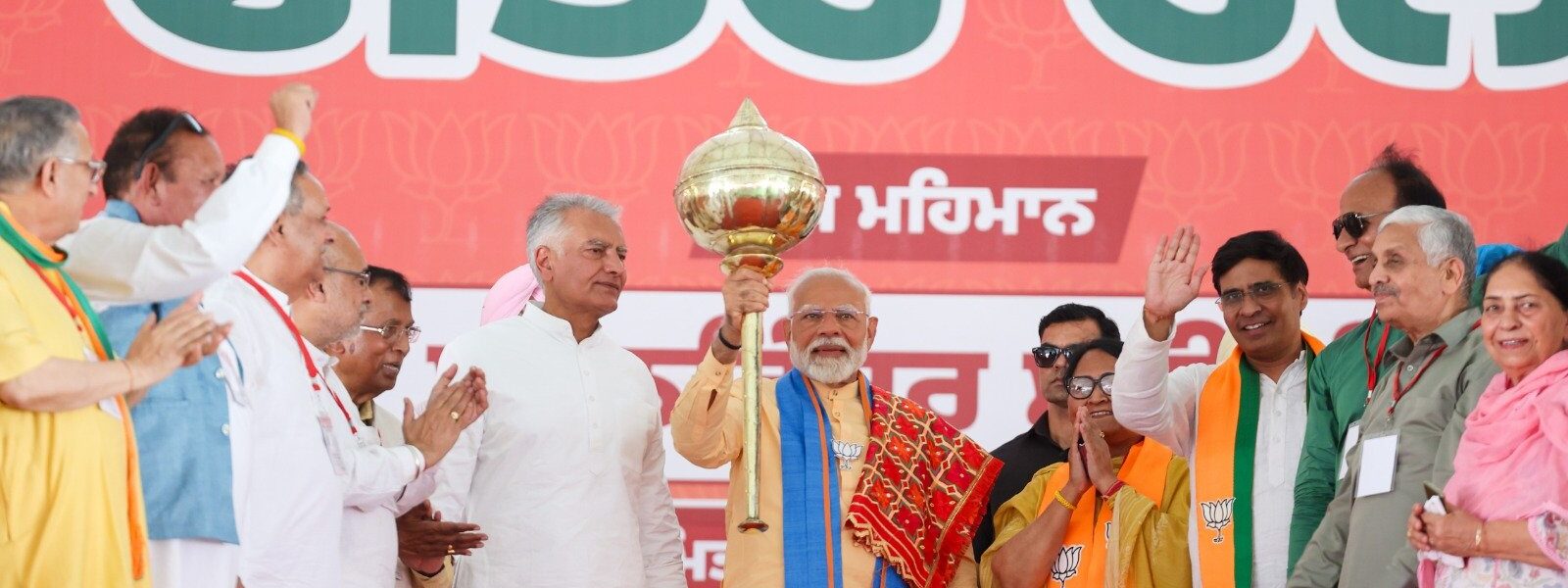India’s recent election has made headlines worldwide as Prime Minister Narendra Modi’s Bharatiya Janata Party (BJP) clinched a historic third consecutive term in power. The election, spanning seven phases over six weeks, saw a massive voter turnout, with over 600 million citizens casting their votes across 543 parliamentary seats.
Key Election Highlights
Despite facing strong opposition, the BJP-led National Democratic Alliance (NDA) emerged victorious, reaffirming Modi’s leadership and the BJP’s enduring popularity. Key victories were secured in crucial states like Himachal Pradesh, Uttarakhand, Arunachal Pradesh, Madhya Pradesh, Delhi, Gujarat, Chhattisgarh, and Assam.

Coalition Dynamics and Strategic Alliances
Collaboration with coalition partners such as the Janata Dal, along with strategic alliances with regional parties like the Telugu Desam Party (TDP) and Janata Dal United (JDU), played a significant role in bolstering the NDA’s electoral success. These partnerships underscored the BJP’s ability to build diverse alliances and expand its political reach.
Challenges and Opposition Resilience
While the BJP secured a decisive victory, the opposition India bloc made substantial gains in states like Uttar Pradesh, West Bengal, and Maharashtra. This resurgence highlighted the importance of addressing diverse concerns and engaging with opposition voices to foster inclusive governance.
Implications and Future Prospects
As Modi embarks on his third term, the focus will be on delivering on promises, accelerating economic growth, and addressing pressing challenges facing the nation. The historic victory reflects the confidence of the Indian electorate in Modi’s leadership and sets the stage for continued progress and development. Collaborative efforts and inclusive governance will be essential for driving India towards a brighter future.
3.5






